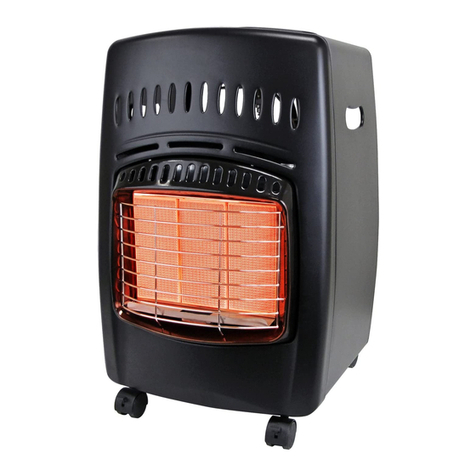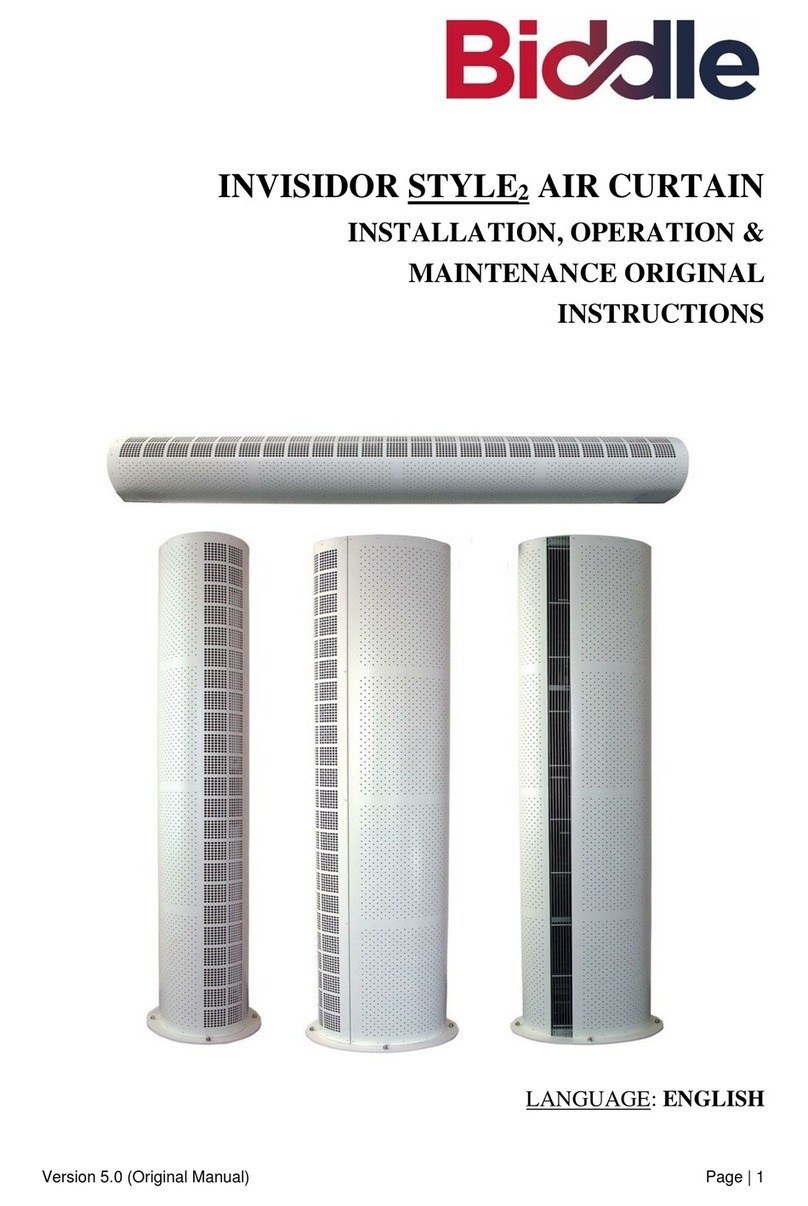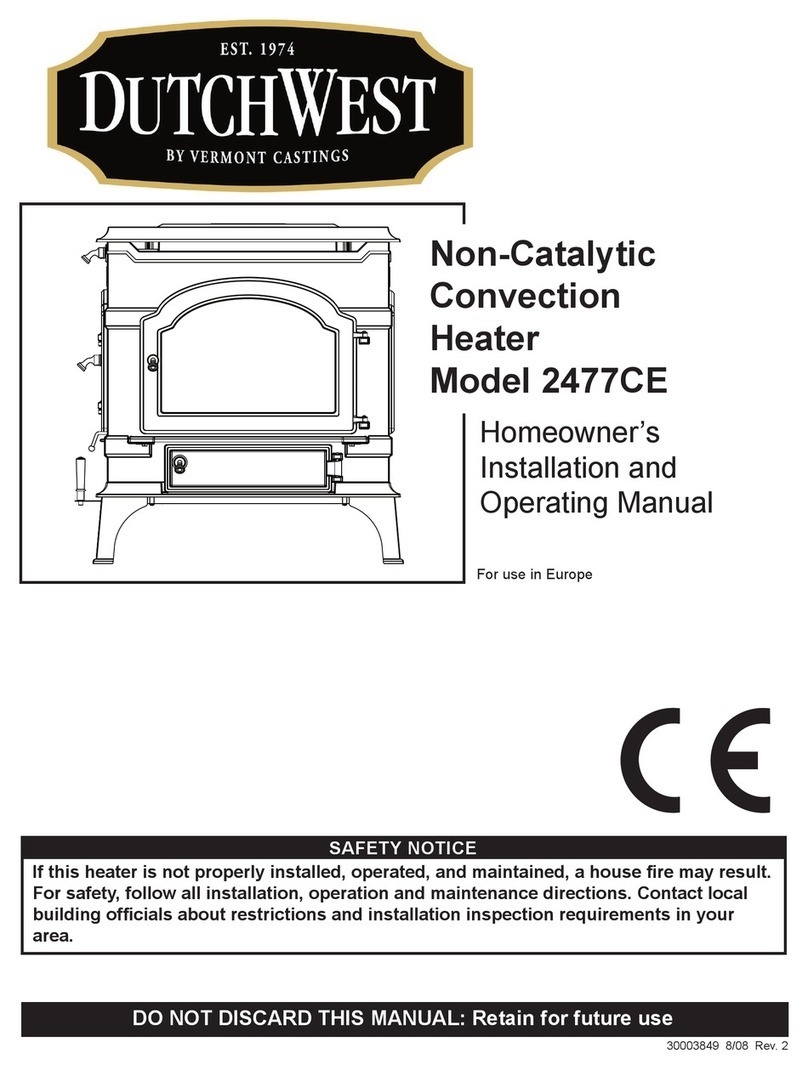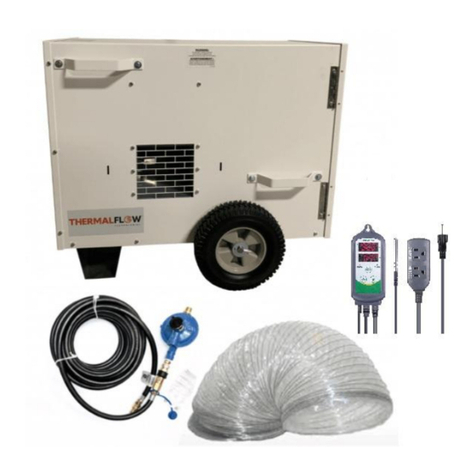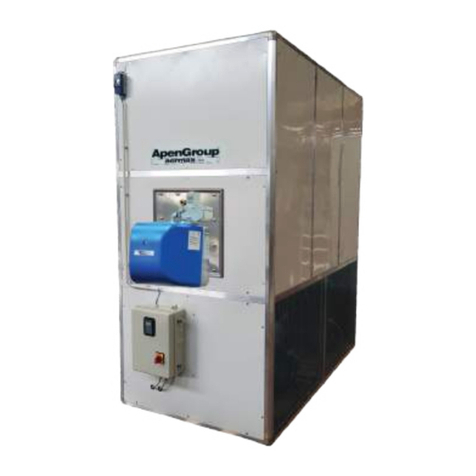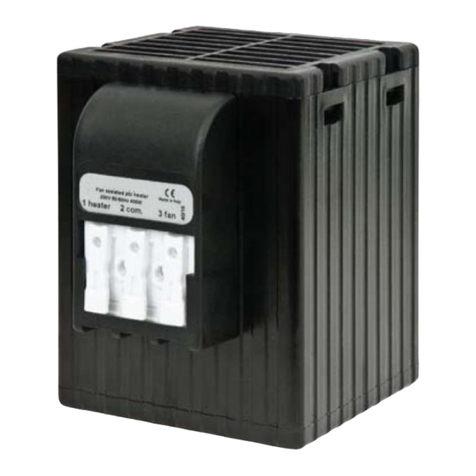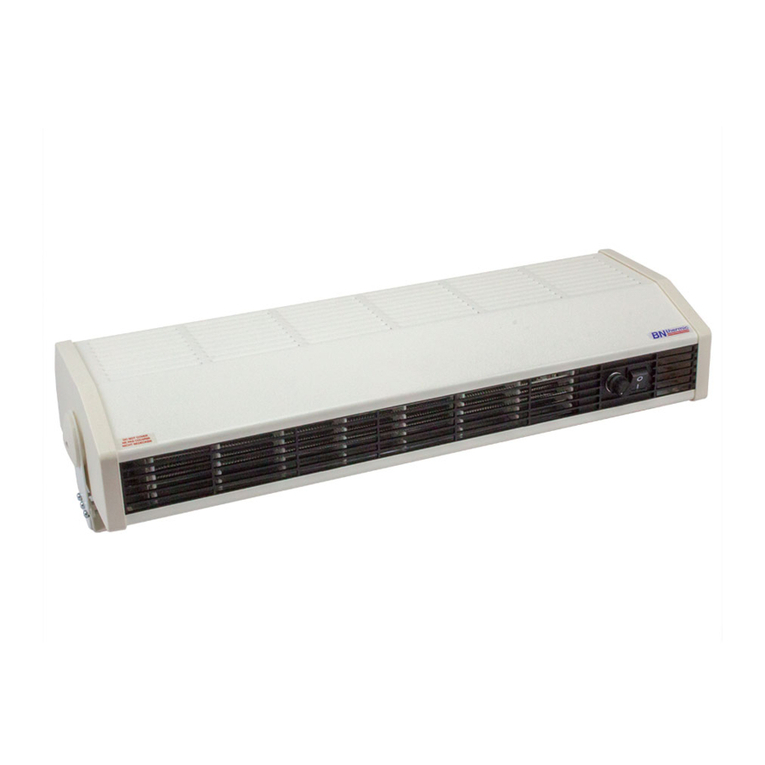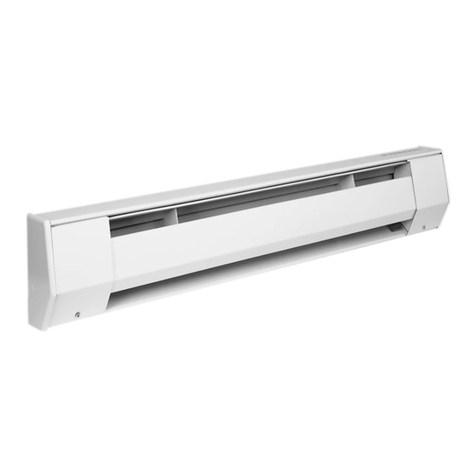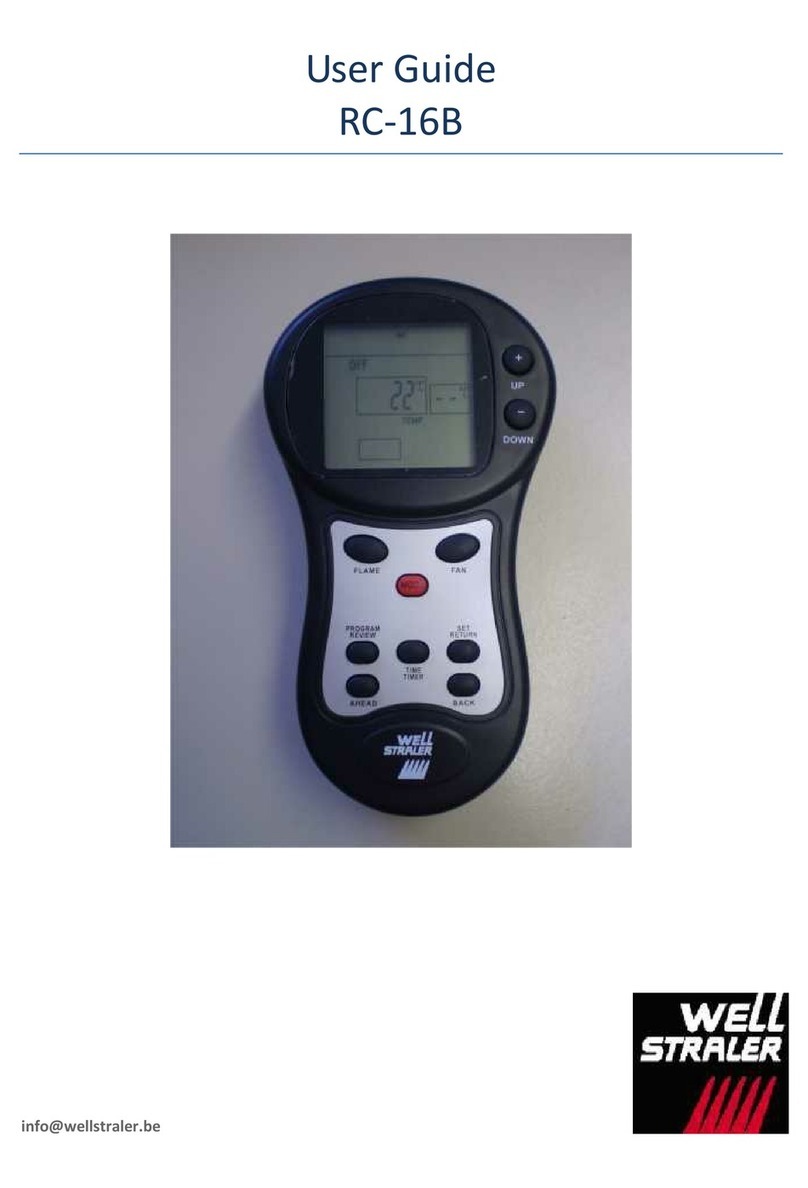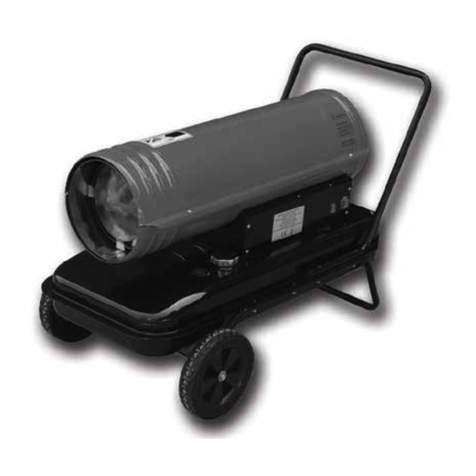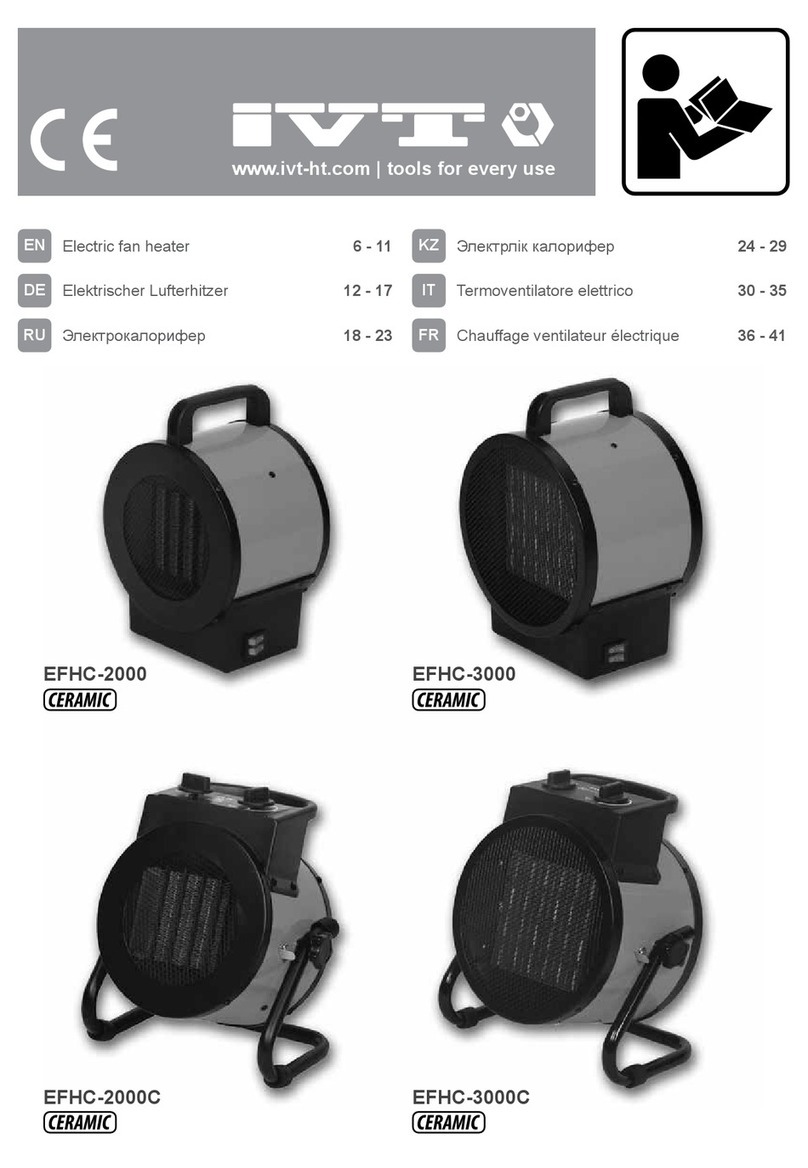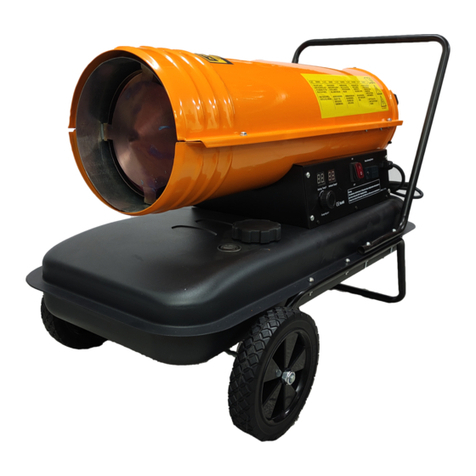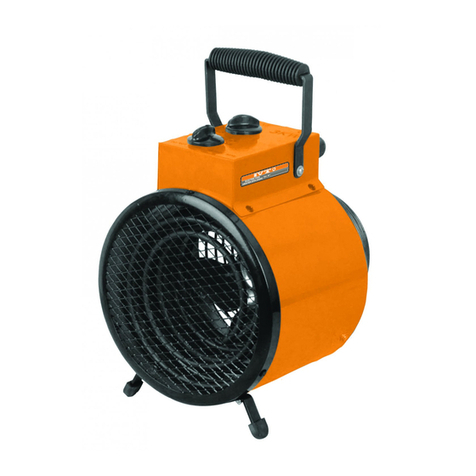
8
EN
Instruction manual
authorized Service Center.
∙To avoid danger, damaged power cord should be
replaced by manufacturer or its agent, or similar qualied
person.
∙Immediately unplug the tool when its cable is
damaged or cut.
ATTENTION! DANGER OF ELECTRIC
SHOCK!
Consider working area environment. Do not expose
power tools to rain. Do not use power tools in damp
or wet locations. Keep work area well lit and dry. Try
to prevent the device from getting wet or being
exposed to humidity. Do not leave it outside
overnight. Water entering a power tool will increase
the risk of electric shock.
∙The power supply cable should be checked regularly
and, before using it, make sure the cable is not damaged
or worn out. If the cable is not in good condition, do
not use the appliance; take it to an authorized service
Center.
∙When tool is used outdoor, only use an extension
cable that is suitable for outdoor use and which is marked
for this specic use. Keep it away from the working area,
from damp, wet or oily surfaces and away from heat and
ammable materials.
∙Avoid any accidental starting: make sure that the
power switch (if present) is in the «off» position, before
plugging the tool in.
∙Remove adjusting keys or wrenches before turning
the tool on.
∙Do not use the tool if the switch does not turn the
tool on or off. Any tool that cannot be controlled with the
switch is dangerous and must be repaired.
WARNING! During the use of certain
power tools, some dust containing
chemicals known to cause cancer,
may occur.
Some of these chemicals are: lead from lead based
paints, crystalline silica from bricks and cement and other
masonry products, arsenic and chromium from chemically
treated lumber and other dangerous products. If dust is
present, your risk from these exposures varies, depending
on how often you do this type of work. To reduce your
exposure to these chemicals, any time you do
pulverulent operations, work in a well ventilated area
and work with approved safety equipment, such as
dust masks that are specially designed to lter out
microscopic particles.
∙If the appliance strikes a foreign body, examine the
device for signs of damage and carry out any necessary
repairs before restarting and continuing to work.
∙If the appliance starts to vibrate abnormally, turn
it off and check for the cause immediately. Vibration is
generally a warning of trouble.
∙Always switch off the appliance and wait until the
device completely stops whenever you leave the machine,
before carrying out maintenance, before changing
accessories, checking, cleaning, troubleshooting or
working on the appliance.
∙It is forbidden to move or modify any of the internal
parts of the device.
Specic safety rules
∙The gas fan heater must not be used to heat
inhabitable rooms in residential buildings.
∙Do not use the gas fan heater in leisure vehicles
such as caravans, motor homes and boats.
∙The gas fan heater must never be used in basements
or in rooms below ground level.
∙The gas fan heater is designed for private use
only. Usage in public buildings must comply with the
regulations in force in your country!
∙The gas fan heater must be used only in the open air
or rooms with an assured and continuous change of air.
Furthermore, the percentage of polluting substances in
the air must not exceed levels of danger for health.
∙The machine must be installed and operated safely
away from any combustible materials. Never use in
closed rooms!
∙The necessary quantity of air is when the volume of
the room (in m3) is at least 10 times the nominal caloric
power (in KW) of all the machines used in that room.
A constant air circulation through doors, windows or
permanent openings leading outdoors must be assured.
∙No people are allowed to remain in the room while the
heater is being used. Signs must be displayed prohibiting
people from stopping permanently in that room.
∙Children must always be supervised in order to
ensure that they do not play with the equipment.
∙The gas fan heater must not be operated near other
heaters, inammable materials or explosive materials.
Always keep a safe distance.
∙The gas fan heater must be set up with the safety
distances between its housing and other objects (even
nonammable) from all its sides (at least 3 meters).
∙Operate the gas fan heater on a at, level,
incombustible and stable surface.
∙Use only the gas types specied by the manufacturer.
Observe the technical regulations concerning liquid gas
which are in force in your country.
∙Never place the gas cylinder in front of the gas fan
heater during operation; always place it to the rear and
side. Risk of re!
∙The gas fan heater may be used only with a

